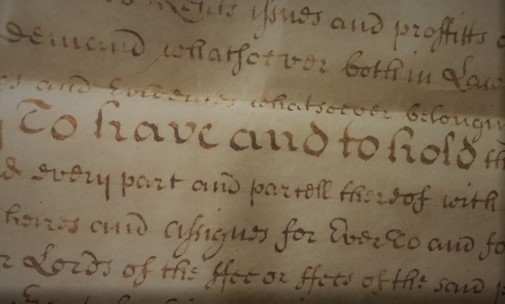APESB has issued a long-awaited revision of its insolvency code – APES 330 Insolvency Services – with a view to it replacing the 2014 version at a point in time – July 2019 – that will be over 2 years since the changes introduced by the ILRA commenced and after many changes in practice and in the case law in the last five years.
APESB says that the ‘proposed revisions have been developed to ensure consistency with the (changes made by the) Insolvency Law Reform Act 2016 and with proposed revisions by ARITA to its Code of Professional Conduct (Practice)’; and to align with the restructured APES 110 Code of Ethics for Professional Accountants.
APESB then lists the ‘key requirements and guidance’ in the exposure draft. These include:
- a new definition of ‘inducement’, and its prohibition. The definition is ‘an object, situation or action that is used as a means to influence another individual’s behaviour, but not necessarily with the intent to improperly influence that individual’s behaviour’, but which includes any benefit, whether monetary or not, given by a practitioner or their firm etc to someone which may in the view of a reasonable person influence that person’s decision to refer, to make or not to make an appointment’ but which does not include benefits of insignificant value, sponsorship of events, or publications or retainers or other similar payments to marketing consultants;
- a new, sensible, requirement to clarify the responsibility to determine the identity of parties involved in the particular insolvency administration;
- a new requirement to include all relevant relationships in the DIRRI relevant to a creditor’s assessment of independence;
- a perhaps unwise obligation to ‘apply to the court to continue an appointment’ in certain circumstances of lack of independence;
- with some deference to recent cases, the ‘planning or preparation for a prospective appointment that does not include providing advice to the insolvent or the negotiation or conclusion of agreements or outcomes in advance of a planned appointment’ is not prohibited;
- a new DIRRI template, guidance on ‘necessary and proper’ fees and expenses; and removal of extant requirements in what APESB terms ‘laws and regulations’.
APES 330 would also require a practitioner ‘who becomes aware of instances of non-compliance with laws and regulations’ in the context of their appointment, to comply with the NOCLAR obligations of the Code, of which there may in fact be none, given NOCLAR’s restrictions: see AFSA’s guidance on NOCLAR.
Comment
Soft law has its place in regulation as long as it is maintained and enforced; or lack of maintenance and enforcement diminishes its relevance. APES 330 has been the subject of perhaps one reported comment in the case law to date and the courts seem to have relied less on its sister, the ARITA Code, in recent times. As my readers will be aware, the courts have in fact been rejecting claims of alleged lack of independence on the bases, for example, of separate walls within the one firm, and creditor acceptance of prior relationships, and immaterial conflicts. Increased focus is given in many cases to the time and expense of changing an appointee.
None of that is to be seen as a lessening of the fundamental requirement of an insolvency practitioner being independent and being reasonably seen to be so; but that assessment now seems to be made by judges on the basis of an accepted higher level of understanding by the creditor body of what insolvency is about, certainly in light of the greater creditor participation rights under the changes made by the ILRA 2016.
Whether the more than 3300 words devoted to independence in the draft APES 330 serves the purpose will no doubt be the subject of submissions to APESB.
It is also odd that practitioners’ individual obligations introduced by the ILRA in relation to their roles in registration and regulation are not covered, nor the duties and responsibilities of the ‘industry bodies’ themselves, for example in issuing an industry notice under s 40-100, or in relation to the handling of confidential misconduct information, or in relation to their own registration and discipline responsibilities.
International?
The draft comes with no explanatory statement which might show for example whether the possible changes to independence rules in England were considered, for example as to referrals, or as to pre-packs.
As to New Zealand, RITANZ’s new draft Code was itself based on the 2014 ARITA Code. RITANZ may be revising its Code but more so to address the proposed changes of the law in New Zealand which may give RITANZ, and CAANZ, heightened regulatory roles. Whether those bodies follow this new draft APES 330, or take their own course, waits to be seen.
Words
And no disrespect is meant in saying that all APESB guidance documents read awkwardly if not quaintly, like an accountant trying to write like a lawyer, or a lawyer trying to express accounting concepts. The word ‘shall’, meaning ‘must’ – said to be the most litigated word in law, in the past – was replaced long ago in legislative and other drafting, but it is firmly maintained by APESB. And while lawyers work in either private or public (government) practice, accountants work in public practice (as in having members of the public as clients).
Submissions
These are due by 1 March 2019, via the APESB website, with a view to the new APES 330 commencing on 1 July 2019.



